
Djibouti Animals
Follow the Trail of Wild Nature – Nature Tourism in Djibouti
Djibouti, a small but diverse country in the Horn of Africa, is home to a unique and fascinating array of wildlife. From the rugged mountains of the Goda and Mabla ranges to the saltwater lakes of Lac Assal and Lac Abbe, Djibouti's varied landscapes provide habitats for a surprising variety of animals.
Embark on a journey through the animal kingdom of Djibouti, where you can encounter the graceful and elusive Arabian gazelle, known for its slender build and distinctive curved horns. Keep an eye out for the striking Beira antelope, a species that has adapted to the harsh desert environment of Djibouti with its impressive spiral horns and sandy-colored coat. And don't miss the opportunity to spot the charismatic Hamadryas baboons, known for their complex social structures and expressive faces, as they navigate the cliffs and rocky outcrops of the country. Join us as we explore the living wonders of Djibouti's wildlife.
Mammals of Djibouti
In the arid landscapes of Djibouti, one can encounter a variety of resilient mammals that have adapted to the harsh conditions. The Soemmerring's gazelle, with its elegant horns and swift legs, roams the semi-desert areas, while the tiny Salt's dik-dik, one of the world's smallest antelopes, can be spotted in scrublands. The African wild ass, ancestor of the domestic donkey, is a rare sight, but Djibouti is one of the last refuges for this critically endangered species. In the coastal regions, one might glimpse the elusive dorcas gazelle. Additionally, troops of Hamadryas baboons can often be seen foraging or lounging on rocky outcrops, their silver-grey manes catching the sunlight.
Birds of Djibouti
In the arid landscapes of Djibouti, bird enthusiasts can marvel at a variety of avian species that have adapted to the harsh environment. The Djibouti Francolin, a bird endemic to the region, is a rare sight, often found in the high-altitude juniper forests. The coastal areas provide a haven for migratory birds such as the Greater Flamingo, painting the wetlands pink as they feed in the shallow waters. Overhead, the impressive African Fish Eagle can be spotted, its distinctive call echoing as it soars in search of prey. The Somali Starling, with its striking blue and orange plumage, is a common resident, adding a splash of color to the Djiboutian landscape. These birds, among others, make Djibouti a unique destination for birdwatchers.
Top Spots for Wildlife Observation in Djibouti
- Day Forest National Park, located in the Goda Mountains, is a lush highland area that offers a cooler climate and a unique ecosystem. Here, visitors can spot a variety of bird species such as the Djibouti francolin, a critically endangered bird endemic to the area, and the Somali starling. The park is also home to mammals like the Soemmerring's gazelle and the Hamadryas baboon, which can often be seen foraging or lounging in the trees.
- Lake Abbe, a saline lake on the border with Ethiopia, is a spectacular landscape famous for its limestone chimneys. It is a vital habitat for flamingos that flock to its waters, painting the area with splashes of pink. The African wild ass, one of the ancestors of the domestic donkey, can also be found in this region, though it is a rare and endangered species.
- Lake Assal, the lowest point on the African continent and one of the saltiest bodies of water in the world, is surrounded by a harsh, desert environment. Despite the extreme conditions, it supports life, including resilient bird species like the white-eyed gull and the African collared dove. The area around the lake is also frequented by the salt-loving Dorcas gazelle, which has adapted to the arid conditions.
- The Mabla Mountains are another biodiversity hotspot, offering a range of habitats from semi-desert to juniper forests. This area is particularly good for birdwatching, with species such as the Arabian bustard and the kori bustard. The mountains also provide a refuge for mammals like the caracal and the striped hyena, which roam the rocky terrain.
- The Grand Bara and Petit Bara deserts are vast plains of sand and sparse vegetation, where the resilient wildlife includes the endangered African wild ass and various species of lizards and snakes that have adapted to the hot, dry environment.
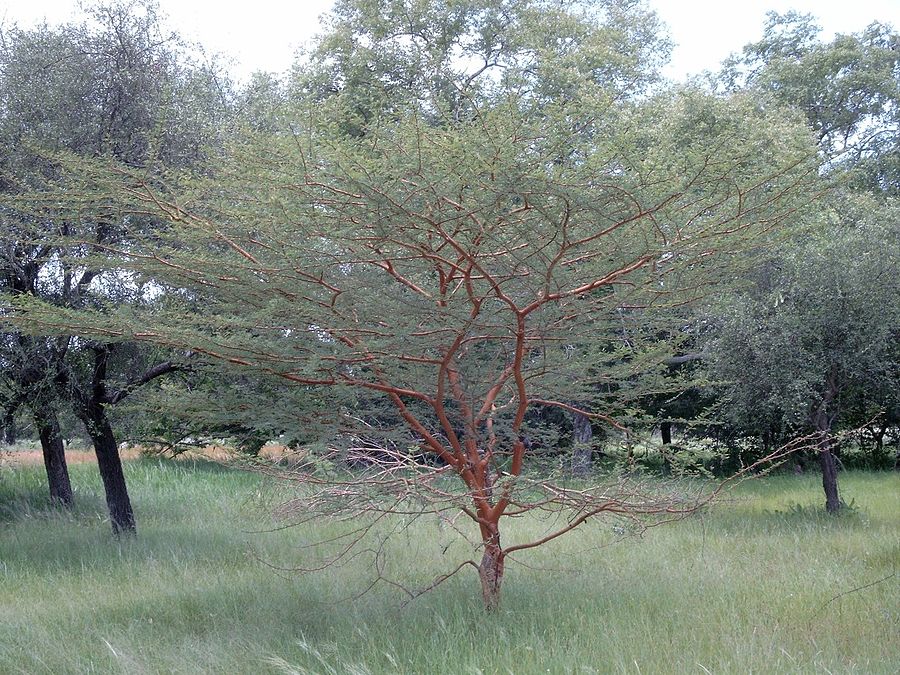
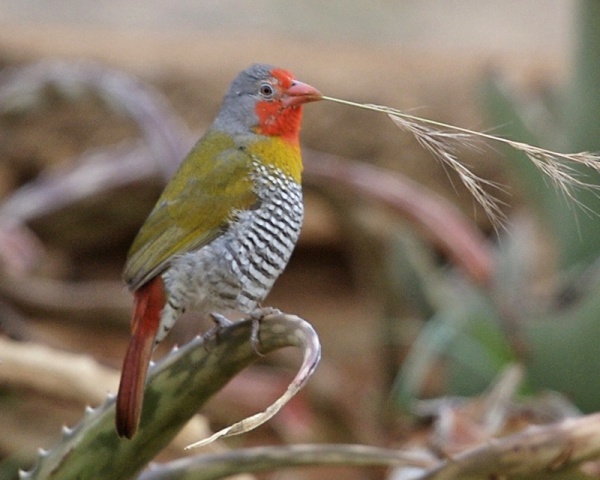
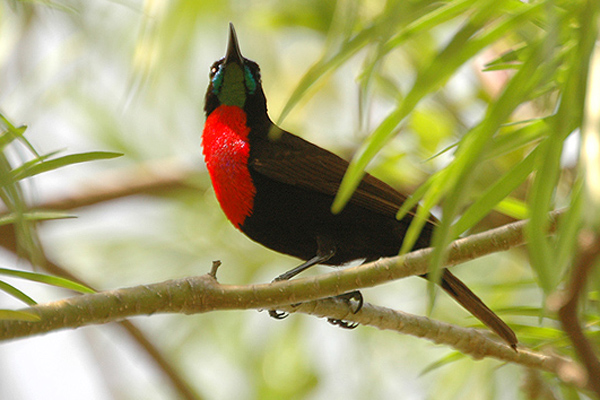
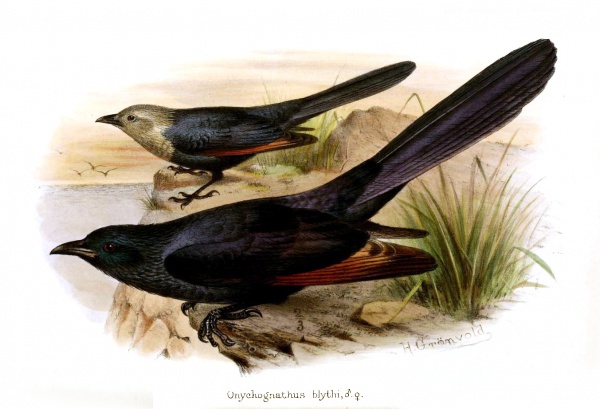
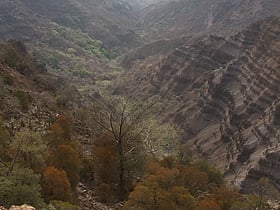
 Eritrea
Eritrea